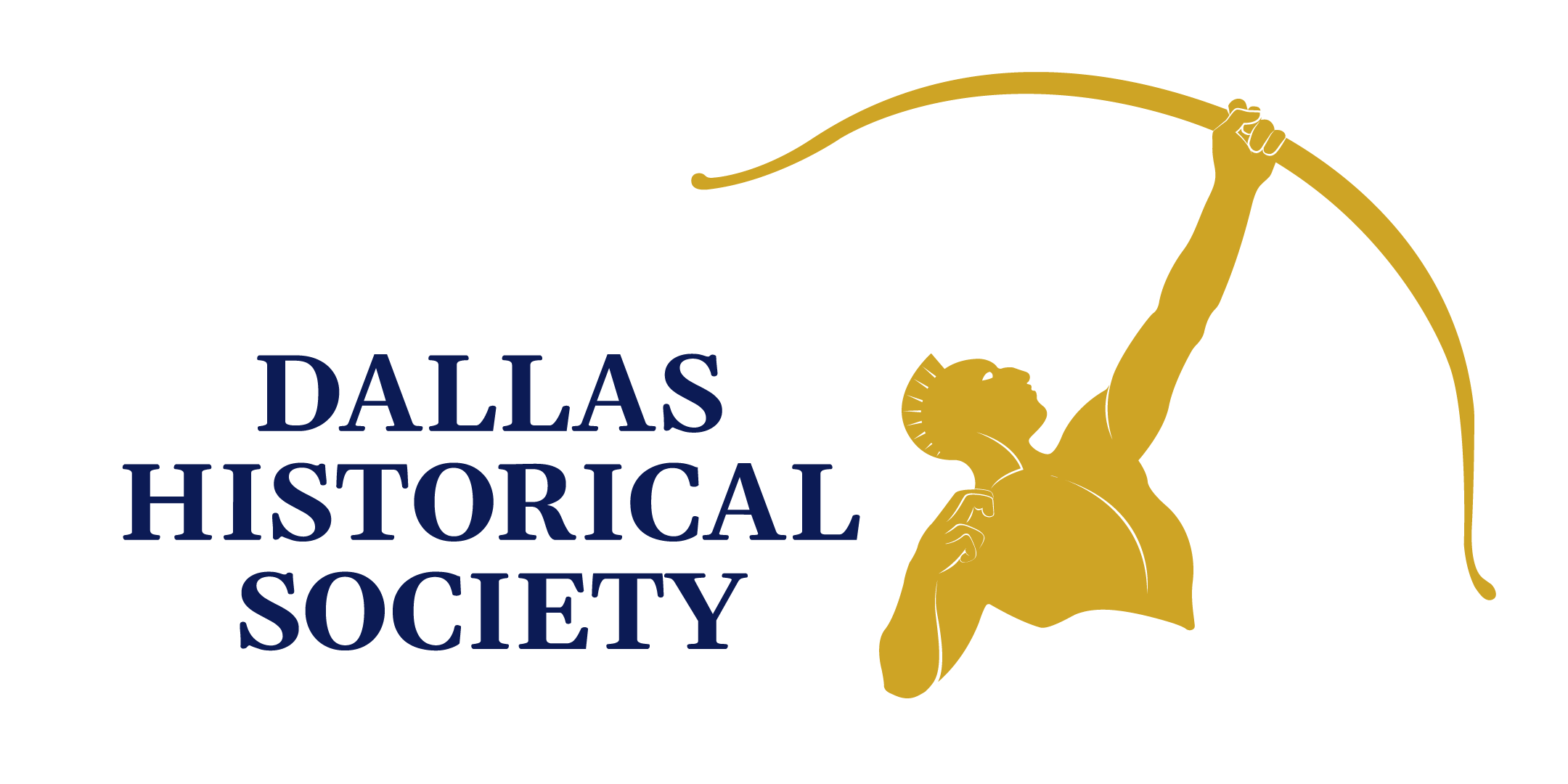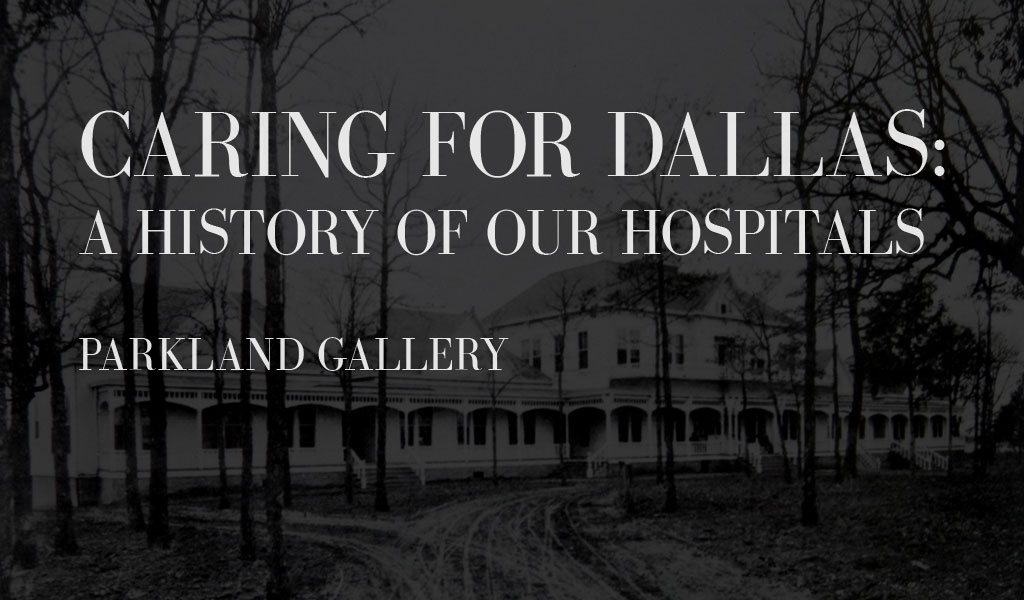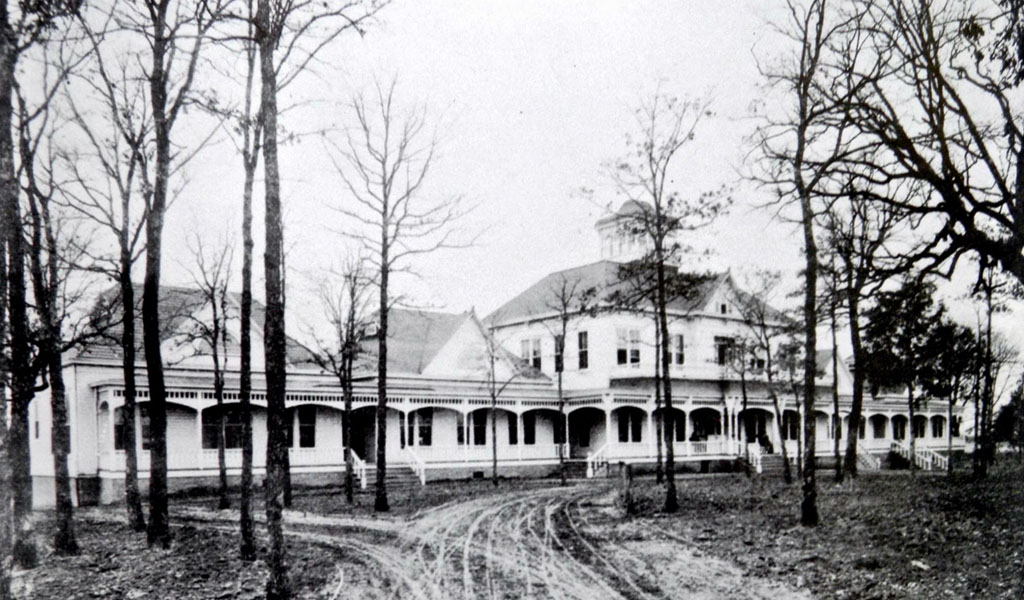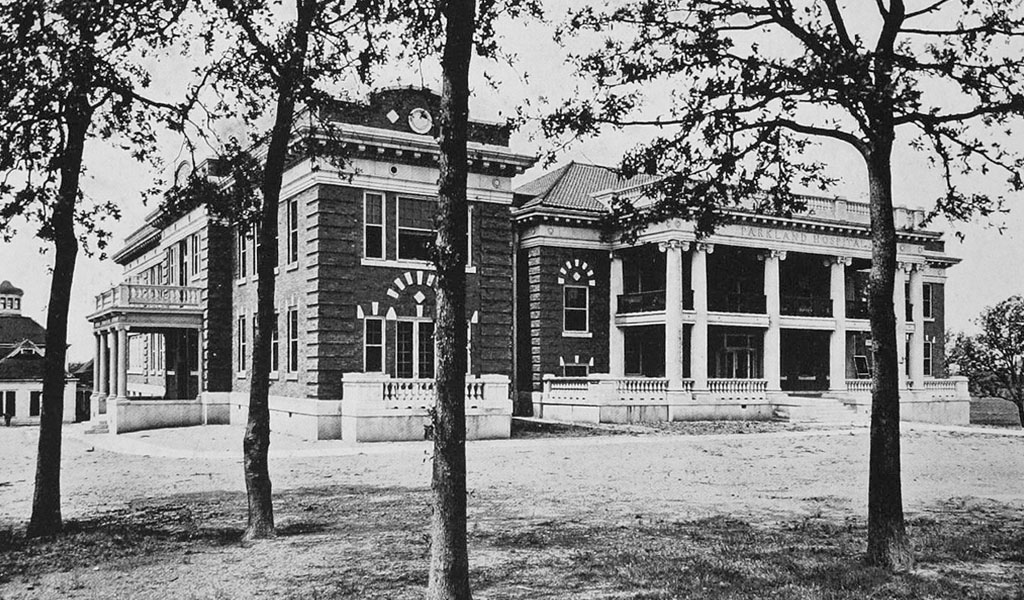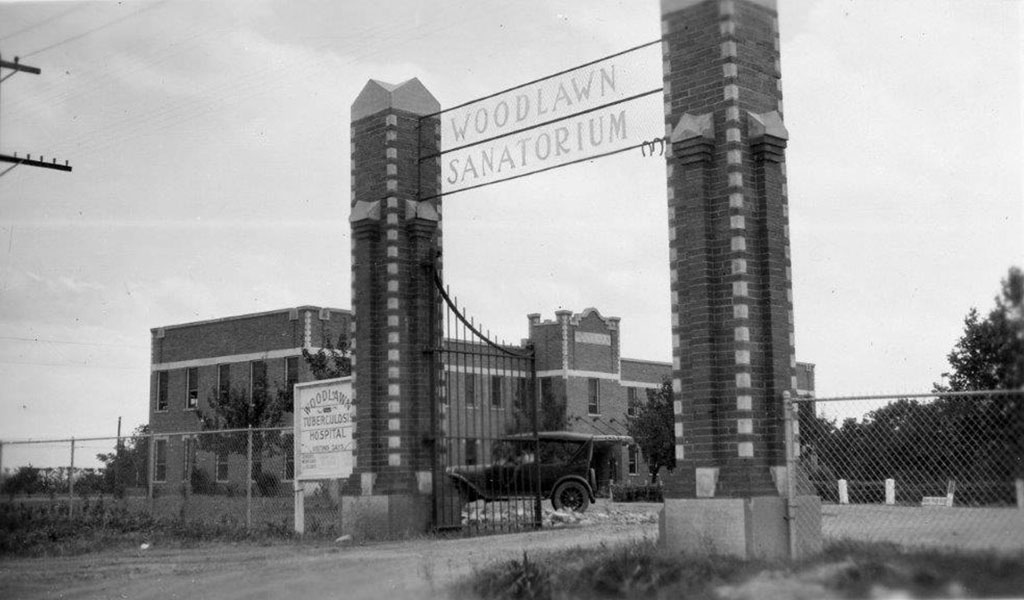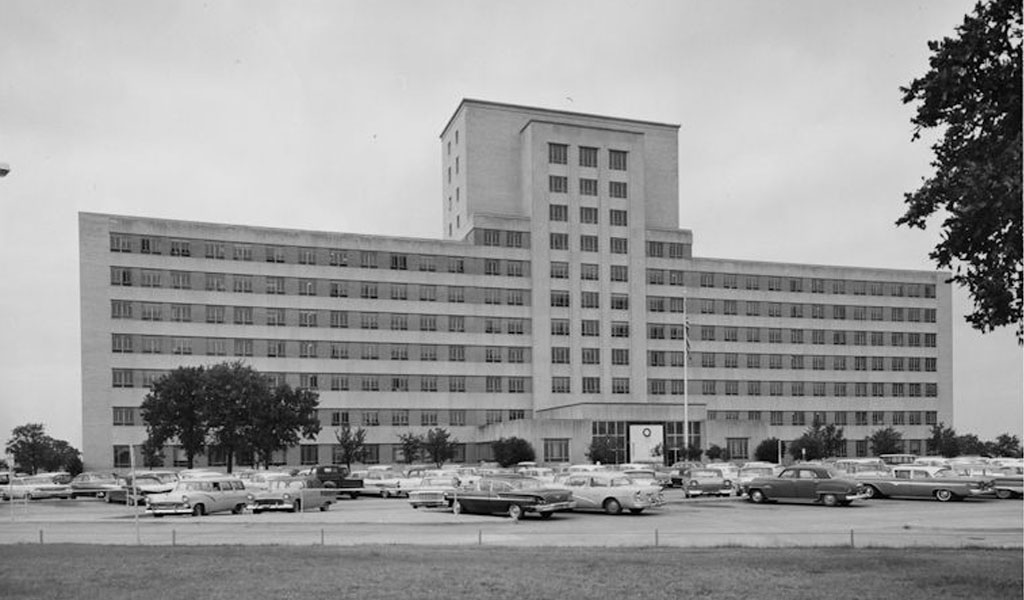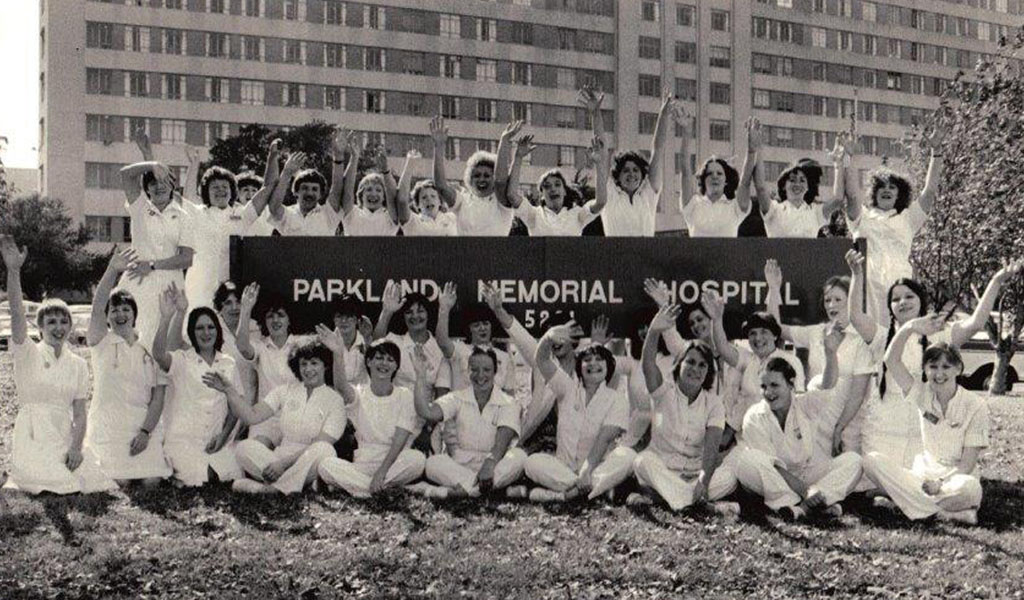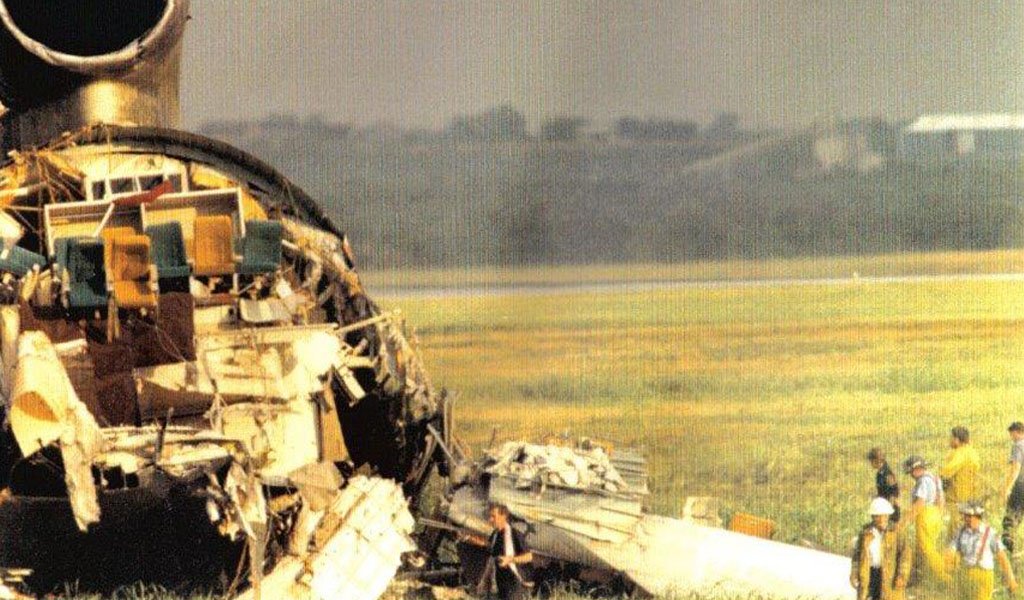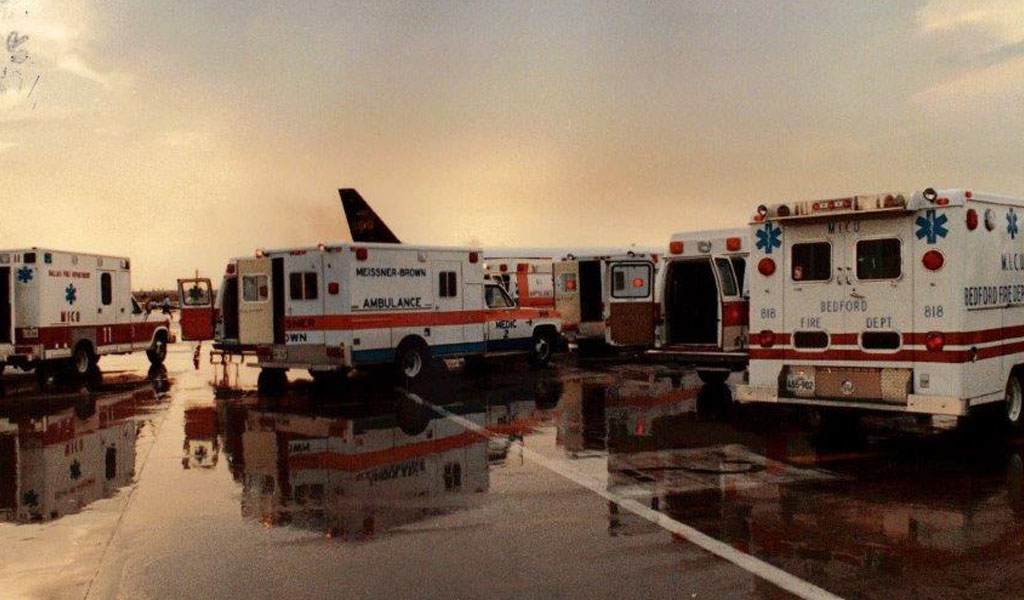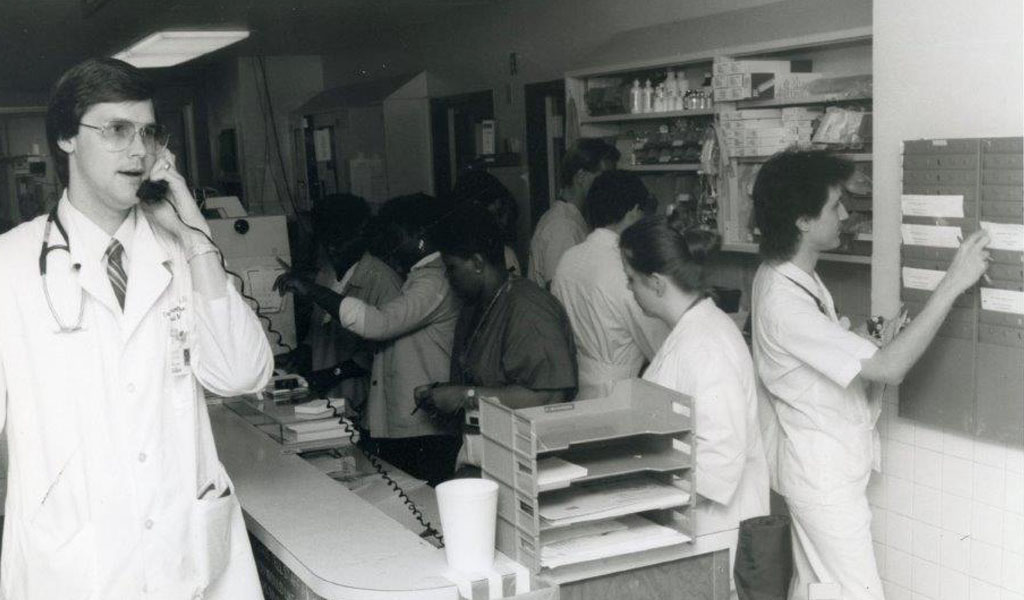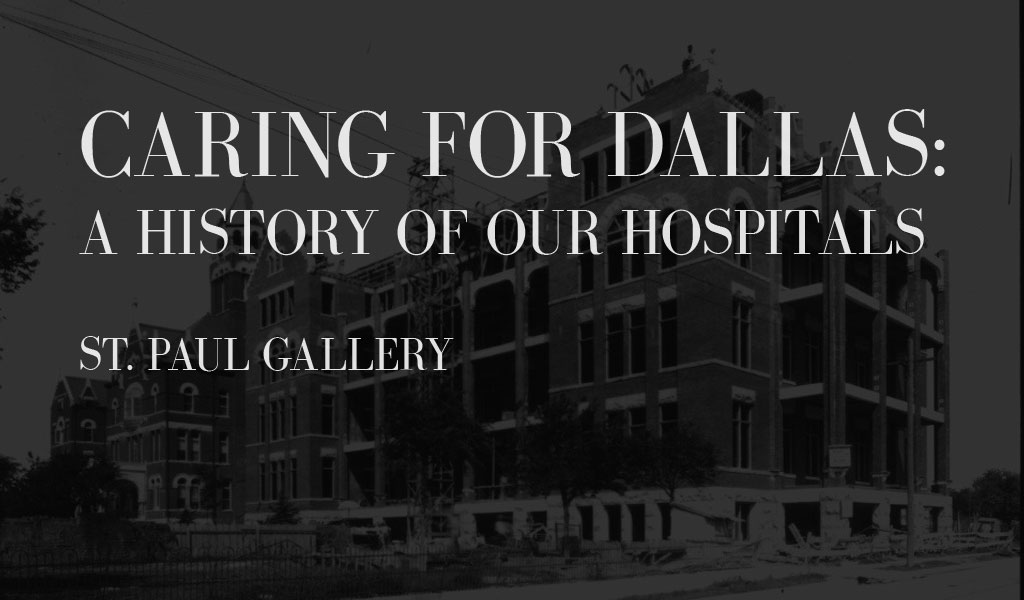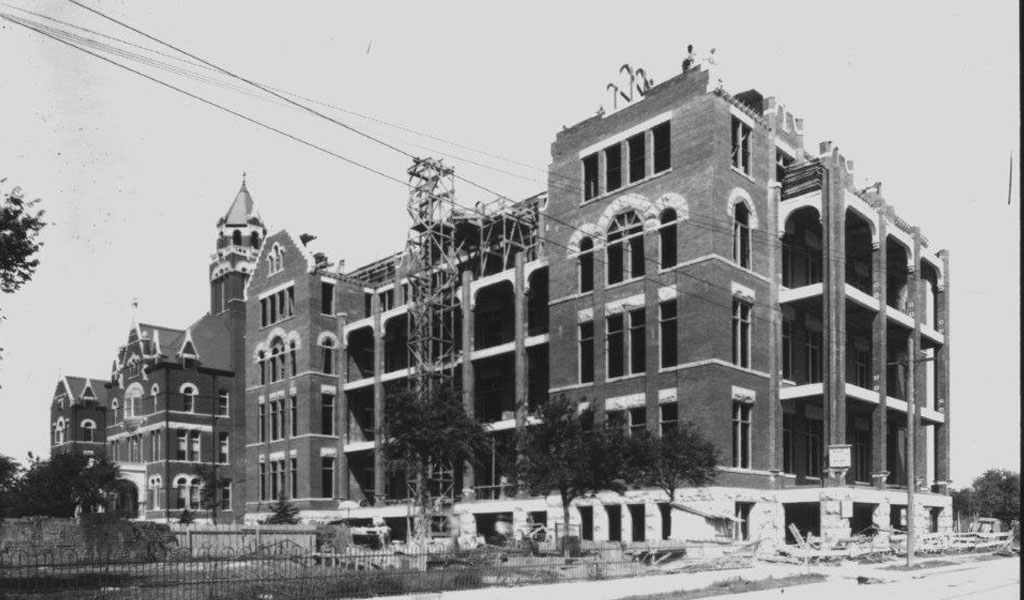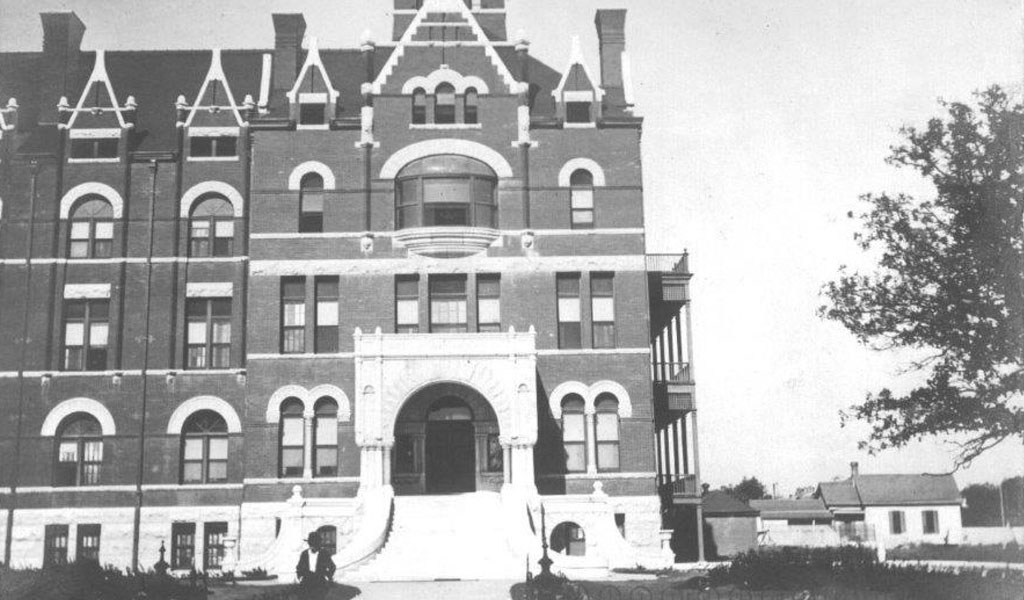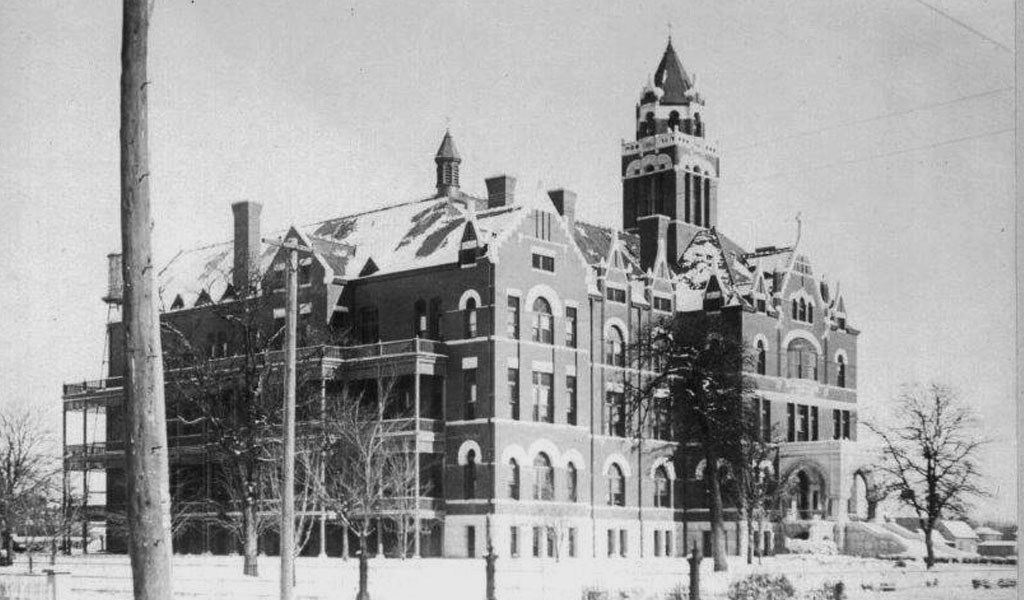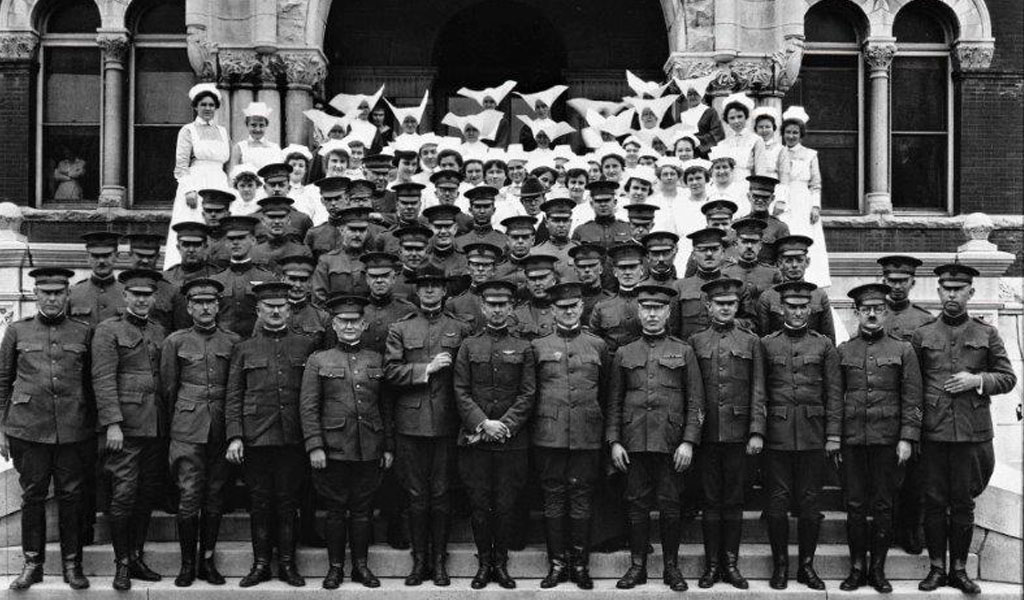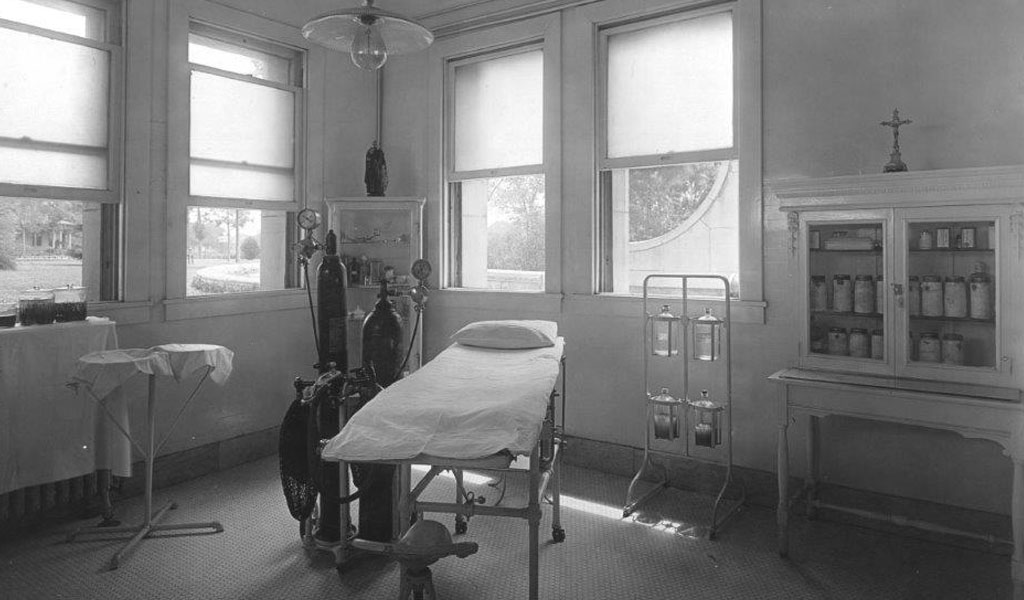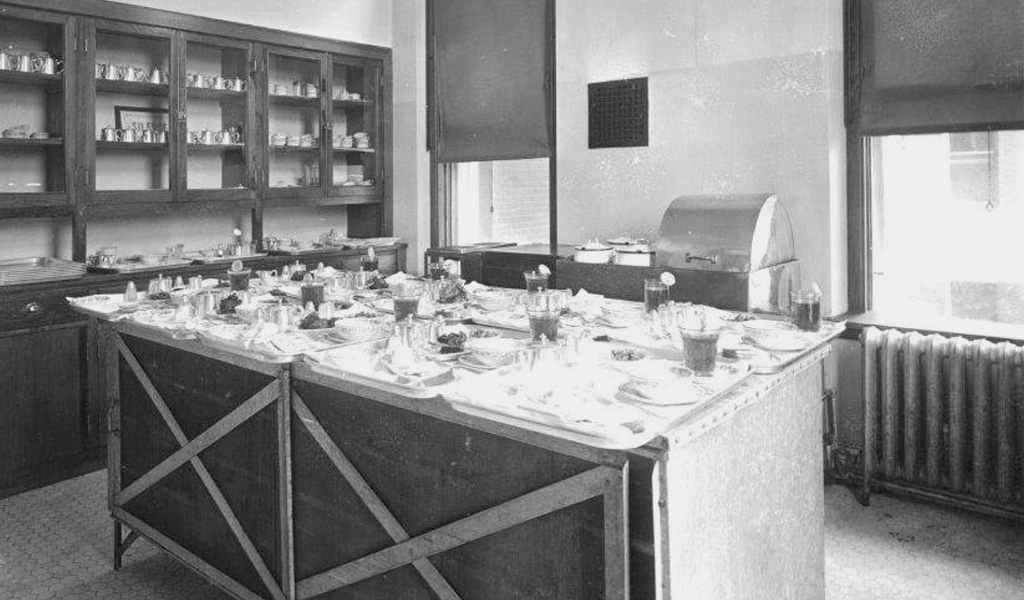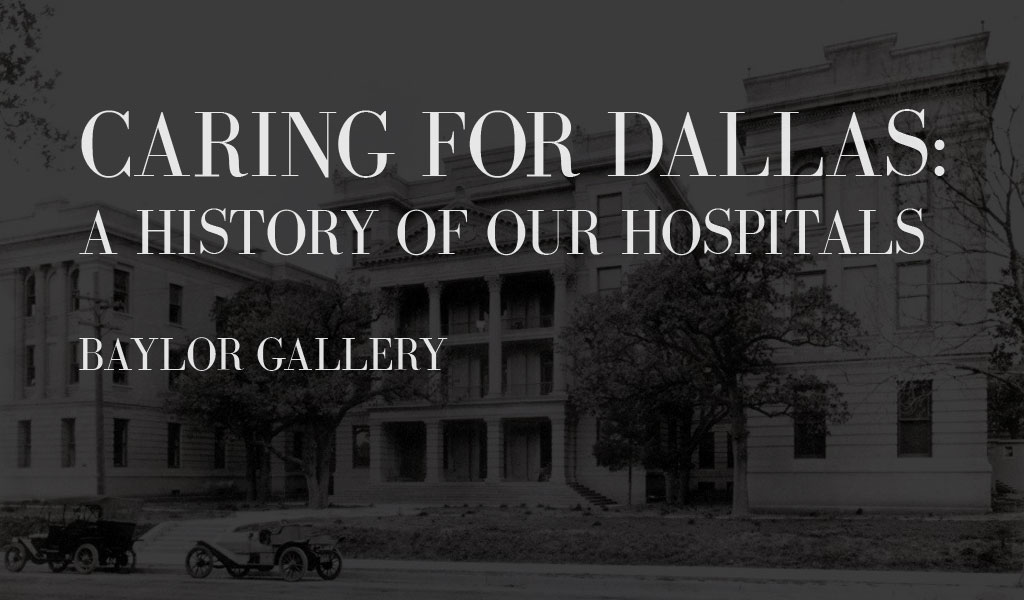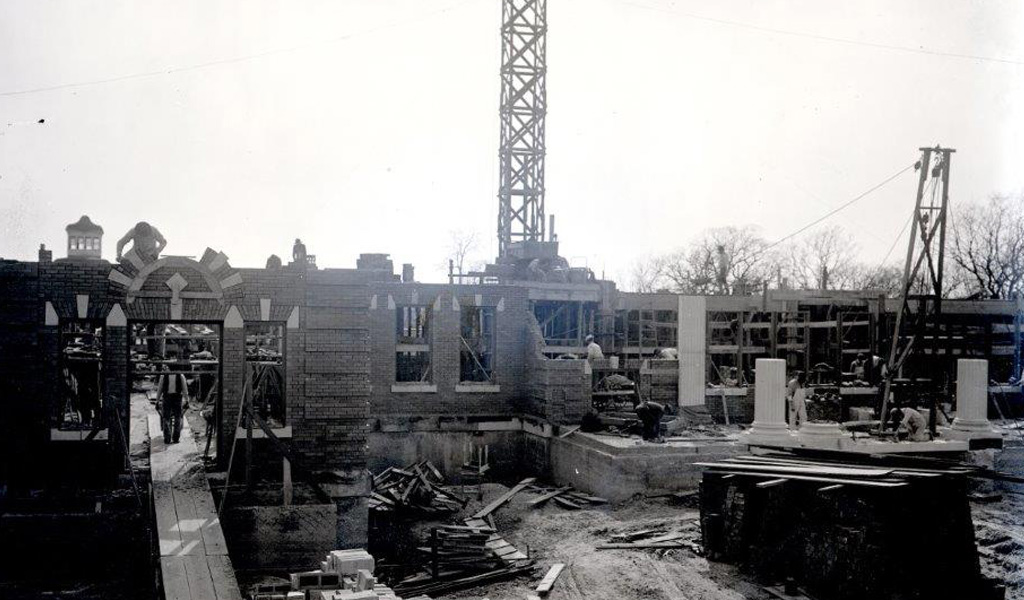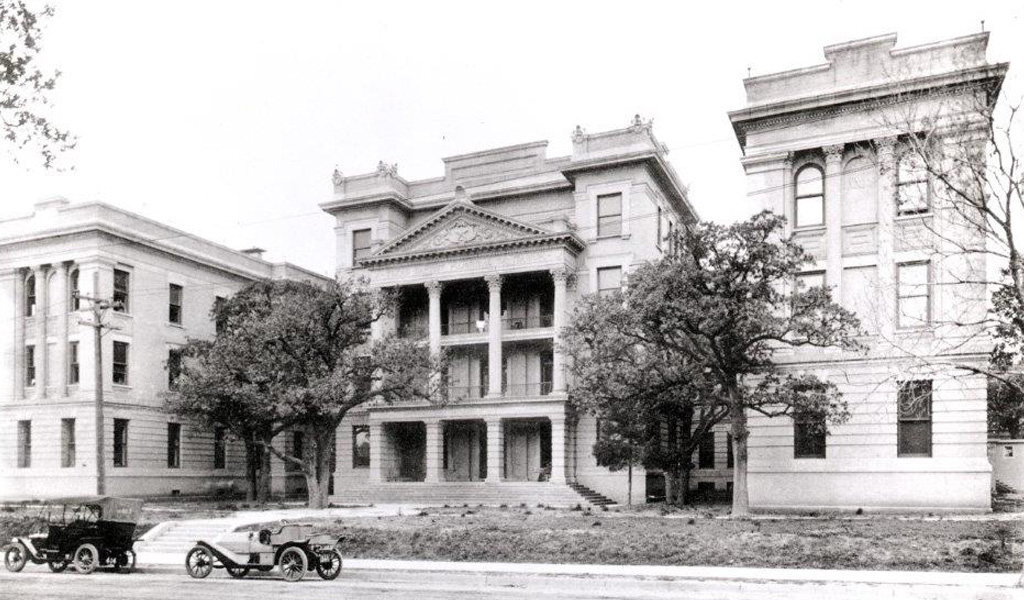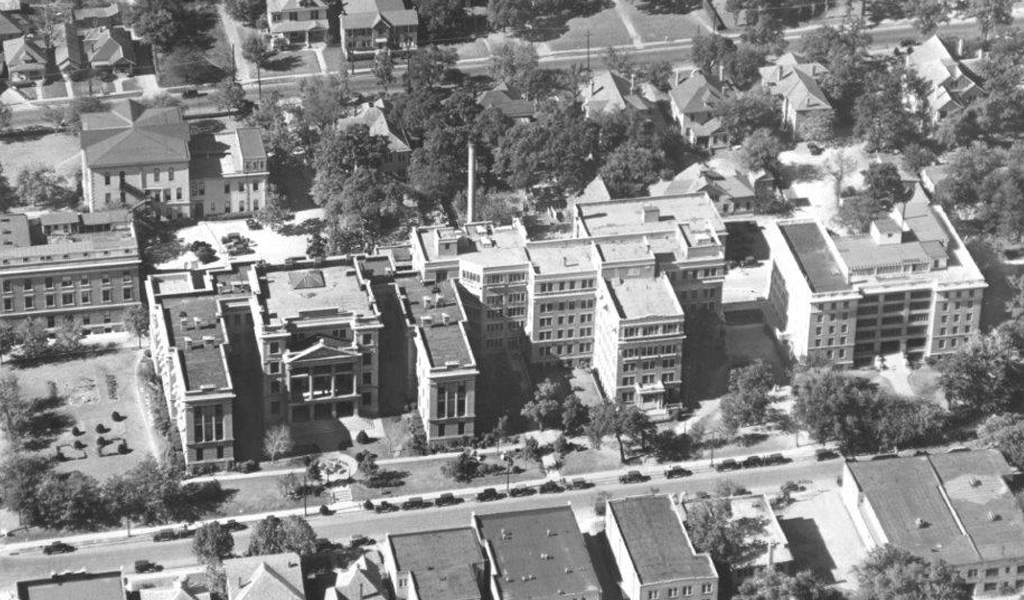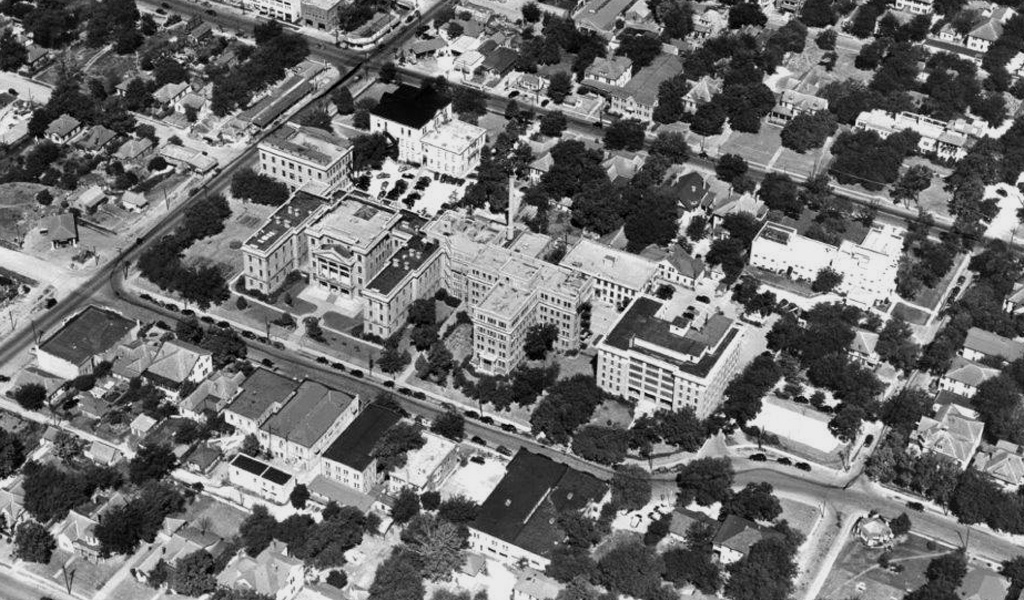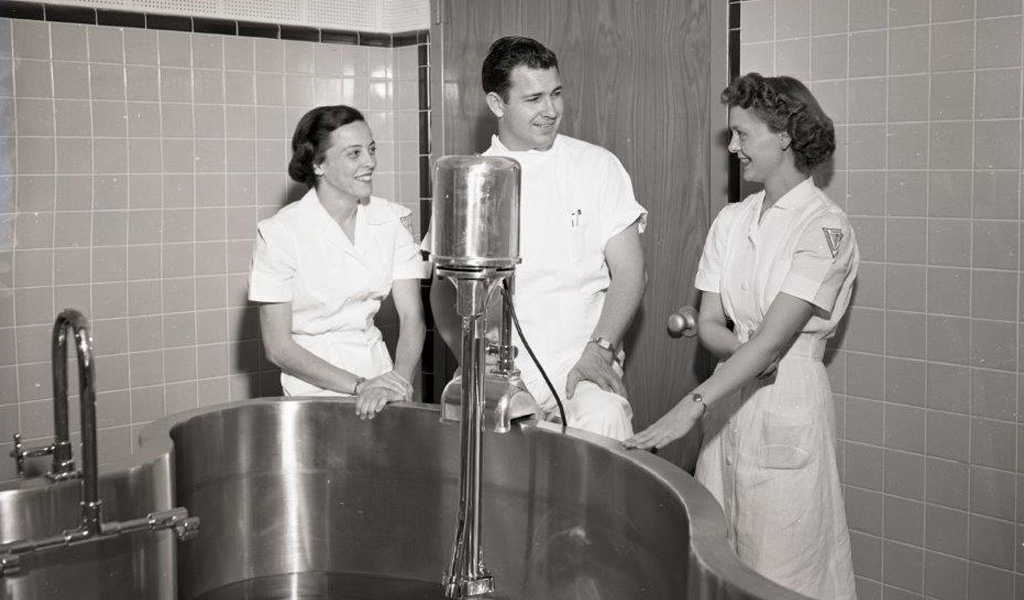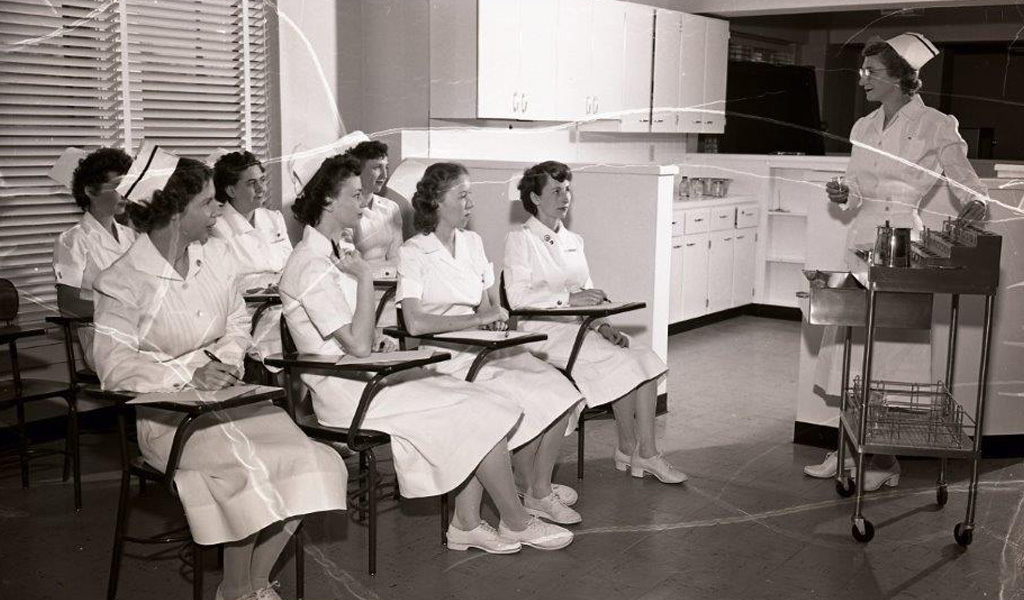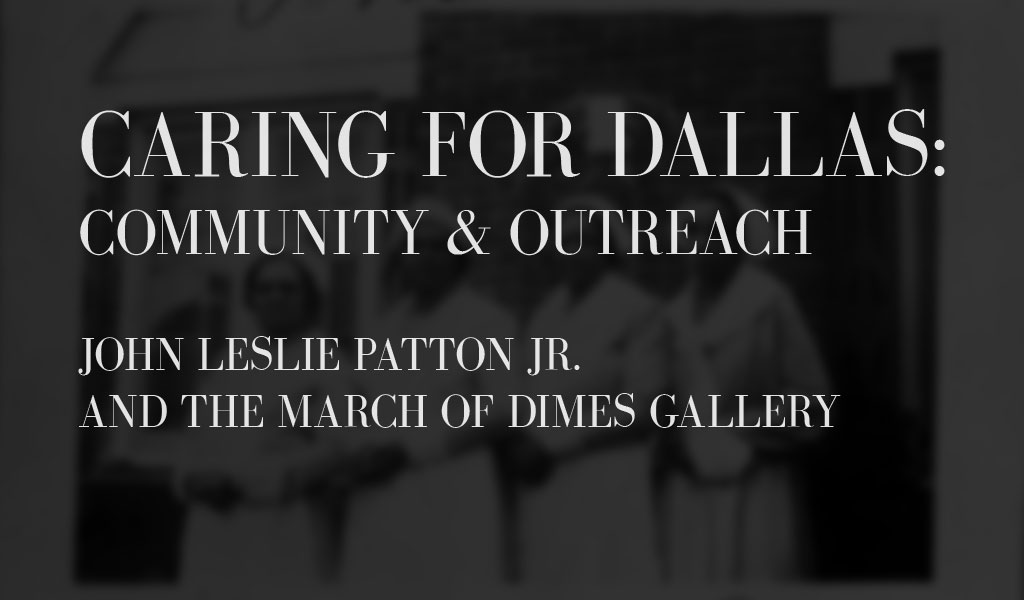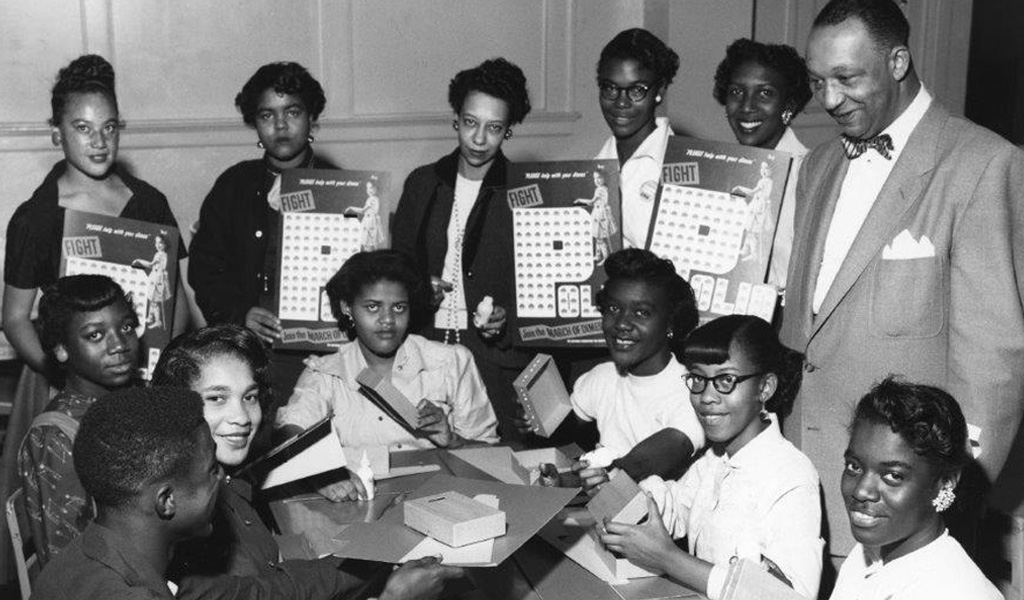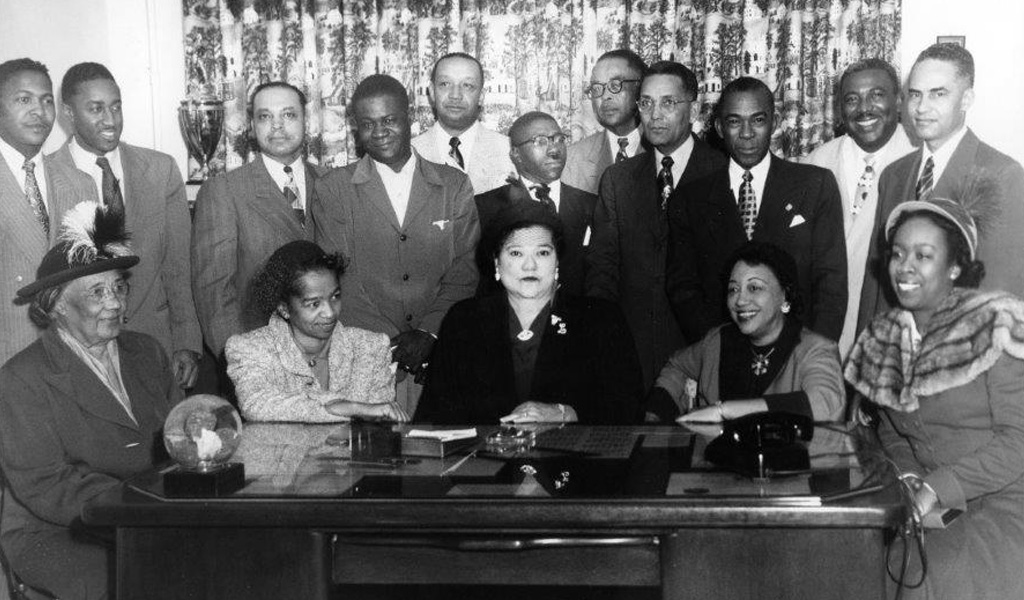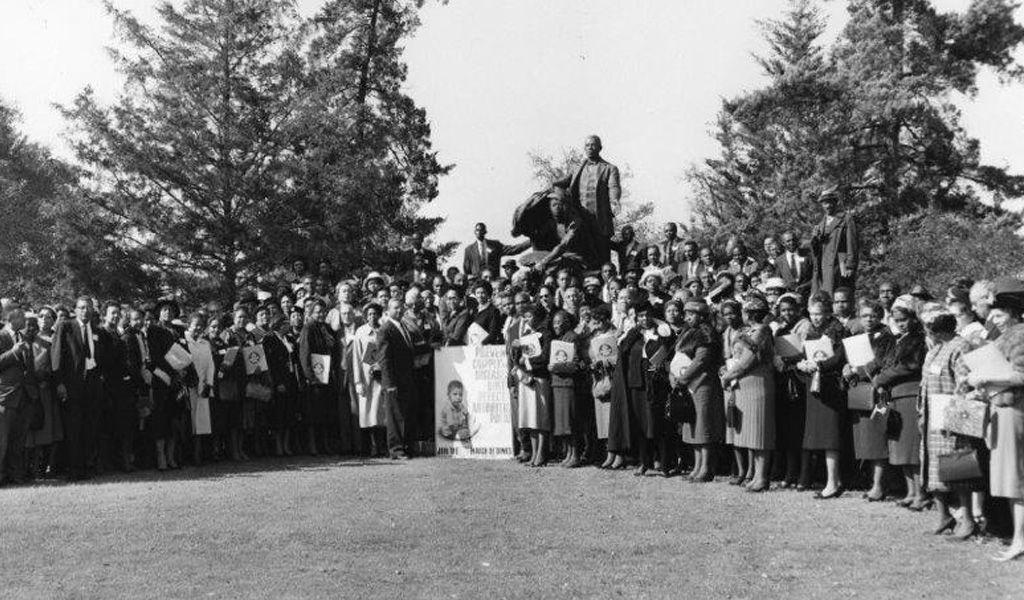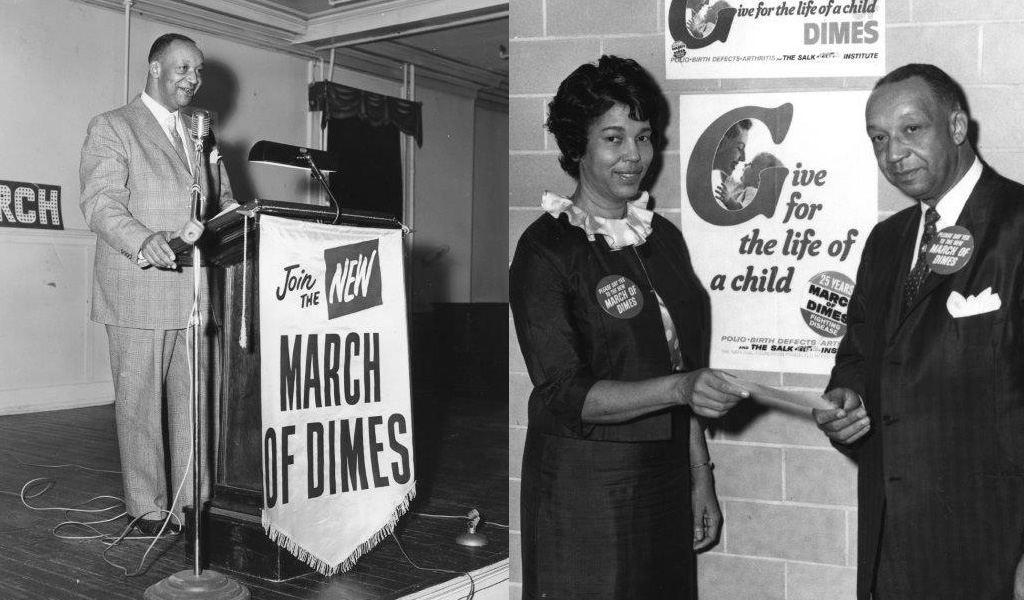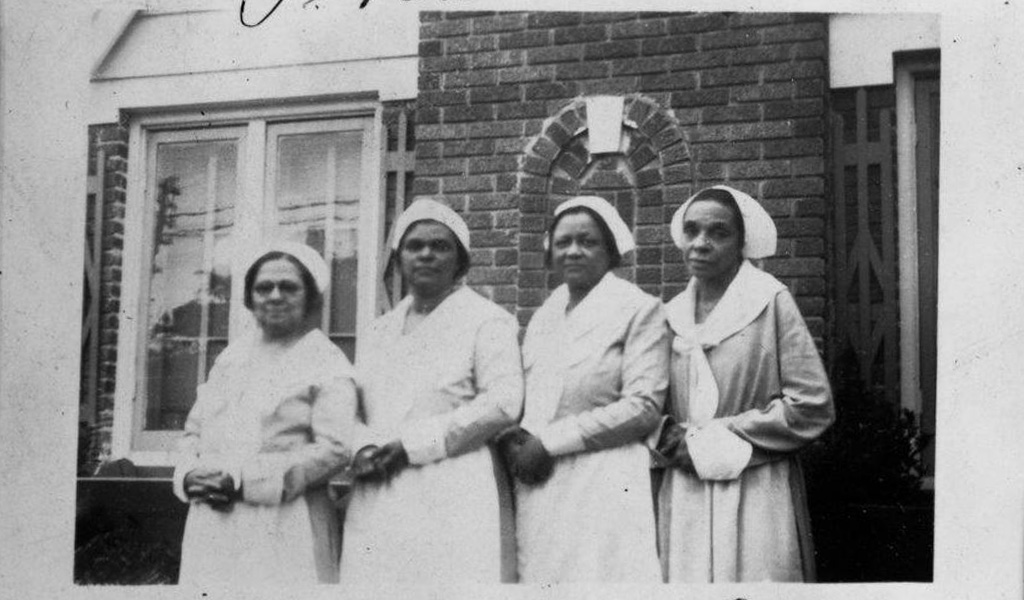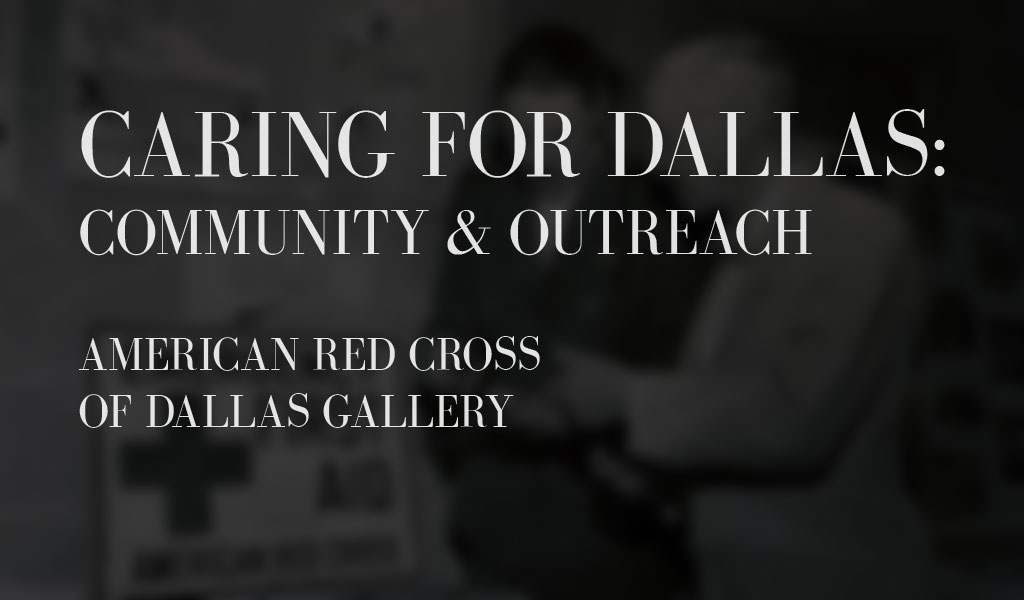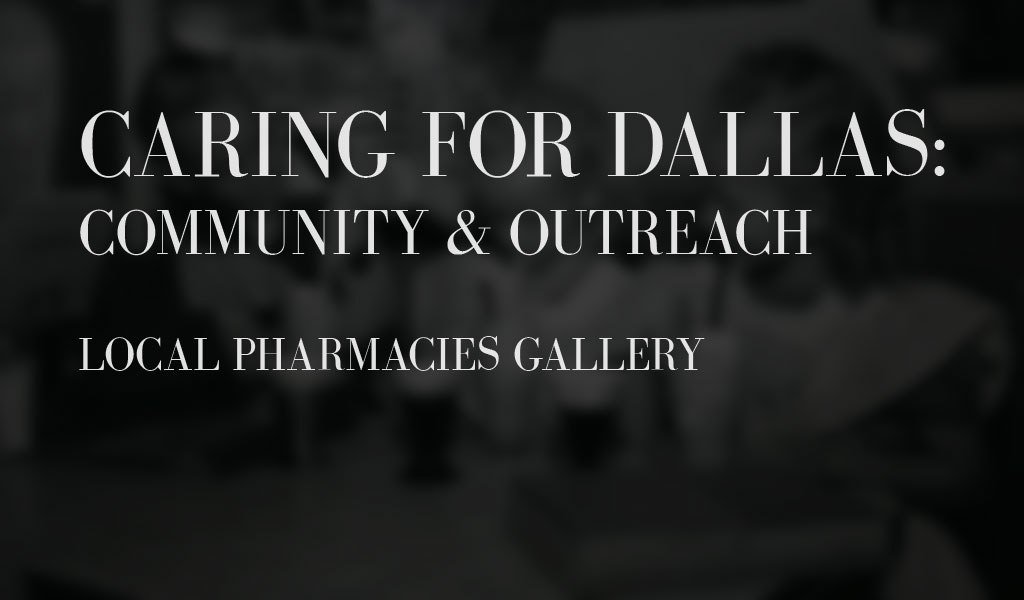In the early nineteenth century, most Americans gave birth and endured illness and even surgery at home. They belonged to a largely rural society, and few would ever have occasion to visit a hospital. Hospitals in the United States emerged from institutions, notably almshouses, that provided care and custody for the poor. Thus, rooted in the tradition of charity, the public hospital traces its ancestry to the development of cities and community efforts to shelter and care for the chronically ill, deprived, and disabled. Though modest in their origins, public hospitals have grown into multifaceted municipal institutions.
Watch as Rose-Mary Rumbley (Historian, Author, and Actress) sheds light on the history of hospitals and caring for the sick in Dallas. Rumbley has a doctorate in communications from the University of North Texas. She has written several books on Dallas history. In addition, she taught speech and theater at Dallas Baptist University for 12 years and has appeared in the Dallas Summer Musicals, and at Casa Manana in Fort Worth.
Caring For Dallas: Historic Hospital Galleries
Click on the title tabs for each individual gallery. Use the left & right arrows to scroll through the images. Click on each image for a brief description of the photo.
Click on the topics below to expand and read an article about some of Dallas’ most iconic hospitals.
About Parkland Hospital
 Parkland is Dallas County’s public hospital. The original hospital opened in 1894 in a wooden structure built on a 17-acre meadow, located at Oak Lawn Ave. and Maple, originally designated by the city for use as a park. The name ‘Parkland’ was literally derived from the donated land on which the hospital was built. A brick building later replaced the wooden facility. The cornerstone was laid on March 18, 1913. The building was completed on February 1, 1914, with a capacity of 100 beds — the first brick hospital built in Texas.
Parkland is Dallas County’s public hospital. The original hospital opened in 1894 in a wooden structure built on a 17-acre meadow, located at Oak Lawn Ave. and Maple, originally designated by the city for use as a park. The name ‘Parkland’ was literally derived from the donated land on which the hospital was built. A brick building later replaced the wooden facility. The cornerstone was laid on March 18, 1913. The building was completed on February 1, 1914, with a capacity of 100 beds — the first brick hospital built in Texas.
About St. Paul Hospital
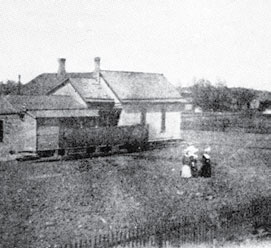 The original hospital building on Bryan Street, part of St. Paul’s Sanitarium, opened its doors on June 15, 1898, providing 110 beds to the Dallas community. The hospital was served by nurses of the Roman Catholic Order. Later, The St. Paul School of Nursing was established in 1900, offering “hands on” education during its 71 years of operation. Students studied, lived and worked in the hospital during their intensive three years of training.
The original hospital building on Bryan Street, part of St. Paul’s Sanitarium, opened its doors on June 15, 1898, providing 110 beds to the Dallas community. The hospital was served by nurses of the Roman Catholic Order. Later, The St. Paul School of Nursing was established in 1900, offering “hands on” education during its 71 years of operation. Students studied, lived and worked in the hospital during their intensive three years of training.
In 1906, a free clinic was opened in the hospital’s basement with Sister Brendan O’Beirne in charge. The clinic finally had its own building, the Marillac Clinic, to serve the predominantly Hispanic neighborhood in Dallas’ Little Mexico.
The hospital’s reputation grew as an alliance with UT Southwestern Medical School prompted the change of the name to St. Paul Medical Center. In December 2000 UT Southwestern purchased the hospital’s physical assets, renaming it the St. Paul University Hospital. On November 20, 2015, the demolition of the hospital was completed, thus closing the chapter of this famous hospital that served both the rich and the poor.
About Baylor Dallas
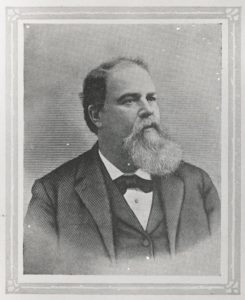
Texas Baptist Memorial Sanitarium (later to become Baylor University Hospital), chartered on Oct. 16, 1903, by the state of Texas, began in a 14-room renovated house. A new building later opened at 3315 Junius Street in 1909.
The hospital was founded through the efforts of several individuals. The land was earlier the site of Dr. Charles M. Rosser's privately-owned Good Samaritan Hospital. Rosser sold his hospital, and it became the first Texas Baptist Memorial Sanitarium building. In addition, Rev. George W. Truett, pastor of the First Baptist Church of Dallas, convinced Dallas citizens “to build a great humanitarian hospital.” Colonel C.C. Slaughter (pictured), a devout Baptist and wealthy cattleman, also gave a major gift of $50,000 to establish the hospital.
About Dallas Methodist Hospital
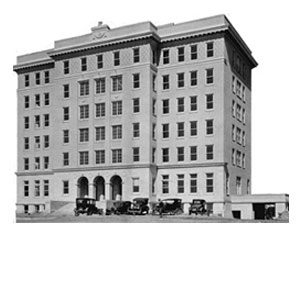 In 1924, local ministers of the United Methodist Church and civic leaders broke ground for the hospital. Among the many donors, physicians who were to be on the medical staff donated $100,000 towards the $552,267 endeavor. On Christmas Eve, the 100-bed facility opened as Dallas Methodist Hospital. In 1951, a three-story student nurse's residence was constructed near the hospital and in 1966, the Martin and Charlotte Weiss Educational Building opened, providing classroom space for nursing education and a large auditorium for community programs.
In 1924, local ministers of the United Methodist Church and civic leaders broke ground for the hospital. Among the many donors, physicians who were to be on the medical staff donated $100,000 towards the $552,267 endeavor. On Christmas Eve, the 100-bed facility opened as Dallas Methodist Hospital. In 1951, a three-story student nurse's residence was constructed near the hospital and in 1966, the Martin and Charlotte Weiss Educational Building opened, providing classroom space for nursing education and a large auditorium for community programs.
About the Dallas Medical Arts Building
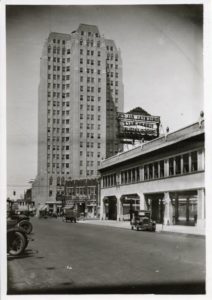 The Medical Arts Building, which opened in 1923 on the corner of St. Paul and Pacific streets, primarily contained offices for physicians and dentists. For many years it was the hub of medical activity in Dallas, including the Samuell Clinic, and the office of surgeon and famous Dallas benefactor, Dr. William Worthington Samuell. The building was demolished in 1977.
The Medical Arts Building, which opened in 1923 on the corner of St. Paul and Pacific streets, primarily contained offices for physicians and dentists. For many years it was the hub of medical activity in Dallas, including the Samuell Clinic, and the office of surgeon and famous Dallas benefactor, Dr. William Worthington Samuell. The building was demolished in 1977.
Caring For Dallas: Community & Outreach Galleries
Click on the title tabs for each individual gallery. Use the left & right arrows to scroll through the images. Click on each image for a brief description of the photo.
Click on the topics below to expand and read and article about individuals, businesses & organizations that have been key to community health & outreach programs in Dallas through the years.
About John Leslie Patton Jr. & the March of Dimes
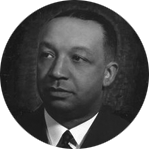
The March of Dimes organization, (first named the National Foundation for Infantile Paralysis) was founded by President Franklin D. Roosevelt in 1938, to combat polio.
John Leslie Patton, Jr., African-American teacher, principal, and author, was born on May 19, 1905. He became the principal of Booker T. Washington High School in 1939. Later, Patton left his position as principal to become the deputy assistant superintendent of personnel and community relations for the Dallas Independent School District in 1969. He was the first African American to receive a top administrative appointment in the DISD.
Patton was also very active in the Dallas community. His numerous affiliations and memberships included that of the March of Dimes organization. As a result of his work, he received an award from the National Foundation of the March of Dimes.
About the American Red Cross in Dallas
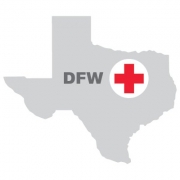
Clara Barton and a circle of her acquaintances founded the American Red Cross in Washington, D.C. on May 21, 1881. Prior to the First World War, the Red Cross introduced its first aid, water safety, and public health nursing programs. With the outbreak of war, the organization experienced extraordinary growth. The number of local chapters increased from 107 in 1914 to 3,864 in 1918, and membership grew from 17,000 to over 20 million adult and 11 million Junior Red Cross members.
The local Dallas chapter of the American Red Cross has been serving communities in the area since 1911. In 1918, members of the Red Cross played an essential role in caring for the sick during the “Spanish Flu” pandemic. The outbreak of influenza, one of the deadliest global pandemics in history, killed between 50 and 100 million people worldwide. The local Dallas chapter of the Red Cross called on any and all volunteer nurses it could to help deal with the growing pandemic; it was able to mobilize 135 graduate nurses, 20 undergraduate nurses, and 19 practical nurses for service in the county.
About Dallas Community Pharmacies
![]()
For more than 100 years, locally-owned pharmacies have served as so much more than just a place to fill prescriptions. These family businesses also served as community centers of sorts. Many residents have fond memories of being served ice cream or phosphate drinks at the soda fountain. Many pharmacies served as library branches, post offices, newsstands, vehicle registration stations as well as groceries that offered local delivery by bike or by foot. Many local pharmacies also offered Red Cross training and blood donation centers.
RELATED DOCUMENTS
Click on the images below to expand and read a selection of letters and documents from the Dallas Historical Society’s archives.
